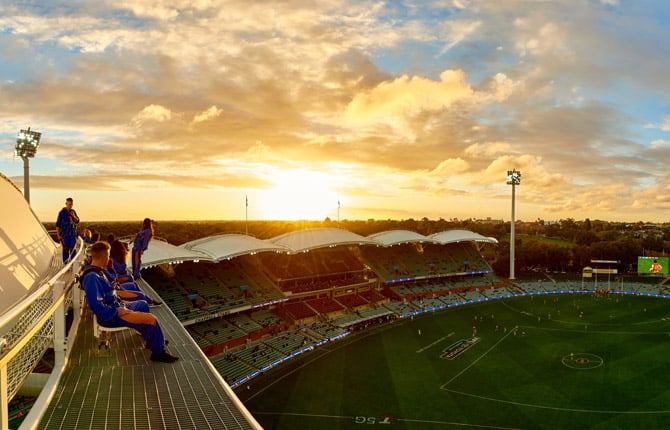
What is daylight saving time?
Daylight saving time (DST) is the practice of setting the clock forward by one hour during the warmer months of the year, and then setting it back by one hour in the cooler months. This adjustment is made so we can have more time outside enjoying the sunlight during the summer, and not waste the daylight hours by sleeping through them.
DST was first implemented in Canada in 1908. Since then, many countries across the world have tested out DST, and currently 70 countries observe DST in some form. In Australia, daylight saving time was first observed in 1916, during World War 1 as a way to try to reduce energy usage.
Tasmania was the first state to introduce it permanently, in 1968, with NSW, South Australia, Victoria and the Australian Capital Territory following suit in 1971.
Queensland, Western Australia and the Northern Territory do not observe daylight saving time. If you’re living in those areas, it’s standard time all year round. You won’t have to change your clocks with the rest of the country!
The time is set to change at or around midnight on a Sunday, helping you avoid any disruption to your weekday routine. At the start of daylight saving, you might find you wake up an hour later, but when DST finishes, you’ll get a whole extra hour of sleep.
Do I have to change my clocks?
The clocks in smartphones, smartwatches and computers will usually make an automatic change, but you may need to be connected to the internet for this to happen. Check your device’s settings to see if your clocks are set to change automatically.
For analogue and digital clocks, such as any wall clocks or the clock in your car, you’ll have to manually change the time - one hour forward in spring, and one hour back in autumn. A phrase to help you remember is ‘spring forward, fall back’, based on what Americans call autumn - ‘fall’.
When does daylight saving start in South Australia?
Daylight saving in South Australia generally starts on the first Sunday in October, and finishes on the first Sunday in April. Make the most of those brighter evenings while you can!
Image: South Australian Tourism Commission
View all


